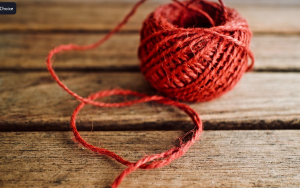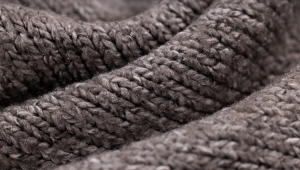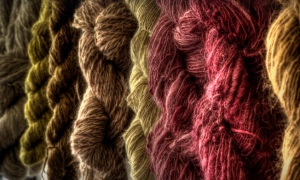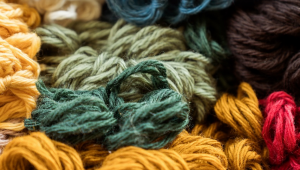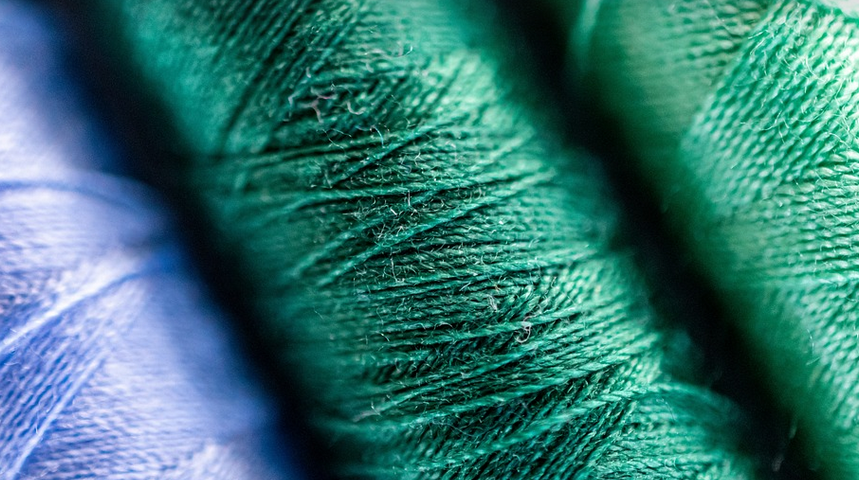
A Close Look at Wool’s Life Cycle
Wool, with its inherent warmth and versatility, has been a staple in wardrobes for centuries. But just like any material, it’s not immune to wear and tear, and the lifespan of wool fibers is something we need to understand. While there isn’t a single definitive answer to how long wool lasts, numerous factors come into play that determine its longevity.
Firstly, let’s talk about the quality of the wool. High-quality wools from breeds like Merino or Romney are known for their finer fibers and greater durability, giving them a longer lifespan than coarser wools. Think of it like this: a thick, dense carpet will last much longer than a thin mat.
Secondly, the care you give your wool plays a significant role in its lifespan. Washing techniques matter; harsh detergents and high temperatures can degrade wool fibers over time, leading to pilling, shrinking, or even damaging the structure of the fabric.
Caring for Wool: A Gentle Touch
The best way to care for your wool garments is by using a gentle detergent specifically designed for delicate fabrics. Opt for laundry cycles with low heat and avoid overloading the washing machine. After each wash, gently squeeze out excess water and lay the garment flat to dry.
Don’t be afraid of air drying; it’s often the gentlest method.
Once dried, lay your garment flat on a sturdy surface. This helps prevent stretching or twisting, which can damage the fabric over time and reduce its lifespan.
When storing wool garments, always use acid-free cedar boxes to prevent dust buildup and preserve their quality. Keep them away from direct sunlight as excessive heat can fade colors and shorten their lifespan.
The Test of Time: Factors Affecting Wool’s Lifespan
Beyond the initial care, several other factors impact how long wool lasts:
**1. Frequency of Use:** Frequent wear and tear will inevitably shorten the lifespan of any fabric. Imagine a shirt you wear every day; it won’t last as long as a shirt worn only occasionally.
**2. Lifestyle and Care:** Consider your lifestyle and the kind of care you give to your wool garments. A garment used in harsh environments like construction sites or mountainous terrains will likely experience more wear than one kept neatly stored in a home office.
**3. The Environment:** Wool’s lifespan can be affected by factors like humidity, sunlight, and climate. In humid climates, wool tends to shrink and mildew more easily. Direct sunlight can fade colors and damage fibers over time, while harsh winds can create wear and tear on fabrics.
**4. The Nature of the Wear:** The type of wear experienced by your wool garments can also impact their lifespan. A woolen coat worn during winter will experience more exposure to elements like snow and rain, thereby leading to faster degradation compared to a sweater worn for everyday casual activities.
How Long Does Wool Last?
The question of “how long does wool last” is tricky. There isn’t one universal answer as it depends on so many factors. But, here’s a general idea: With proper care and minimal wear, high-quality wools can last for decades.
**For Everyday Clothing:** A well- cared woolen top or sweater in the typical household setting could easily last 10-20 years. This is with regular washes, storage in proper conditions, and careful treatment
**For Outdoor/Heavy-Wear Garments:** A wool jacket used for outdoor activities like hiking or camping could see a lifespan of 5 to 10 years or more, depending on the durability of the specific fabric and its usage.
The Magic of Wool: Beyond Lifespan
While we can’t put a precise number on how long wool lasts, the magic of this material lies not only in its longevity but also in its inherent characteristics that make it such a versatile and cherished fabric.
Wool is sustainable. It’s renewable, biodegradable, and naturally hypoallergenic. These characteristics lend themselves to timelessness in terms of fashion and durability.
Wool is timeless; it’s about the quality of touch, not just its lifespan. When you wear wool, it’s a statement about comfort, warmth, and style that transcends trends.
